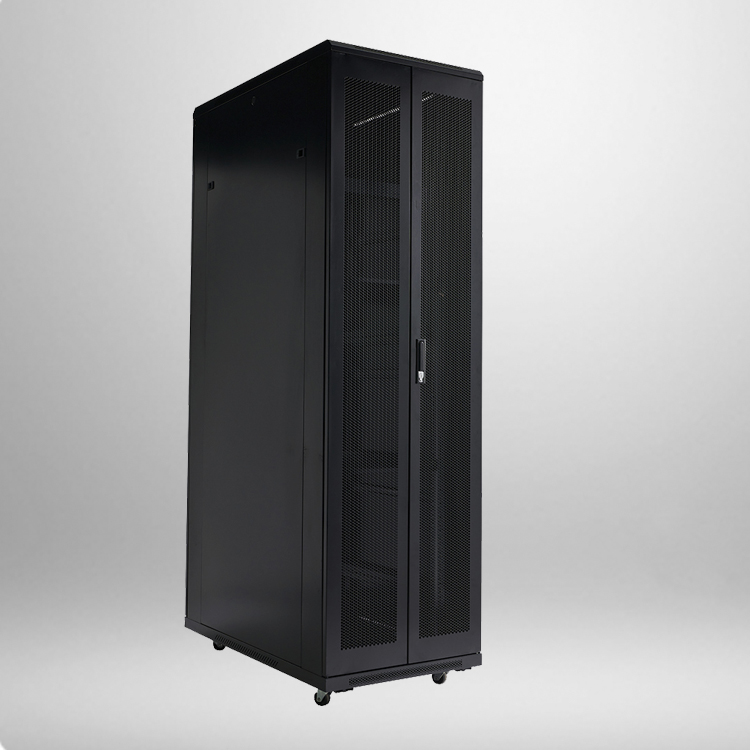
A standing cabinet, also known as a network rack, is an essential piece of equipment for organizing and protecting network equipment in a data center or server room. This type of cabinet is designed to securely hold networking devices such as servers, switches, routers, and patch panels. There are many advantages to using a standing network cabinet, including better organization, enhanced security, improved airflow and cooling, and easier maintenance.
One of the primary advantages of using a standing network cabinet is better organization. By providing a dedicated space for networking equipment, a network rack helps to keep cables and devices neatly organized and easily accessible. This can greatly simplify troubleshooting and maintenance tasks, as technicians can quickly locate and identify specific equipment within the cabinet.
A standing network cabinet provides enhanced security for networking equipment. Most network racks are equipped with locking doors or panels to prevent unauthorized access to sensitive devices. This helps to protect critical network infrastructure from tampering or theft, ensuring the security and integrity of the network.
Another advantage of using a standing network cabinet is improved airflow and cooling. Many network racks are designed with perforated doors or side panels to allow for optimal airflow throughout the cabinet. This helps to prevent equipment from overheating and ensures reliable performance of networking devices. Additionally, some network cabinets are compatible with cooling systems such as fans or air conditioners, which can further enhance the cooling efficiency of the cabinet.


